10 tips to grow smellier and tastier marijuana buds
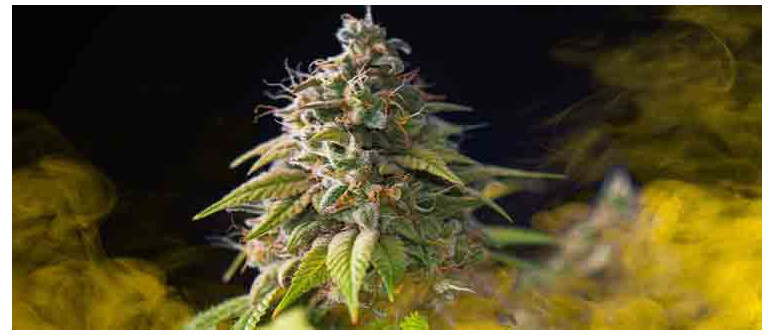
Unlocking the true dank potential of your cannabis takes practice, but it is possible. Discover how to grow the most delicious buds in the world
Cannabis plants use diverse tactics to attract us. They provide us with spectacular highs, protein, antioxidants, and deliciously smelling buds. Here we'll focus on improving the scents and flavors of cannabis.
When we ritually stick our noses into the stash jar, close our eyes, and go mmmmmmm, is one of the best feelings in the world. It’s quite simple to improve the aroma and flavors of your strains when all the fundamentals are covered.
Here we provide some essential tips and tricks to help you achieve fragrant results.
PICK THE RIGHT STRAIN
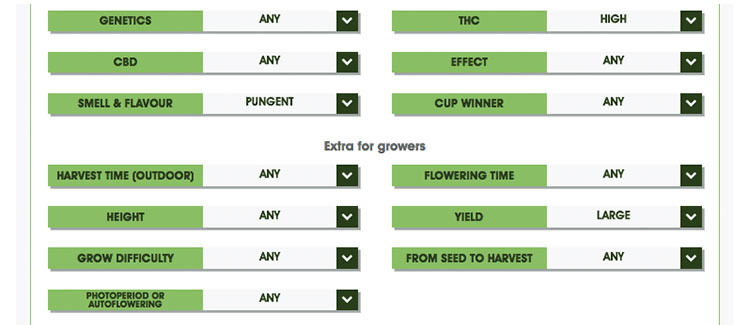
There are thousands of cannabis strains available on the market that exude a wide array of scents reminiscent of citrus, pine, cedar, coffee, mandarin, melon, you name it! Kush strains originating from the Hindu Kush mountain range will ooze with earthy fragrances, while Haze strains, concocted in California during the 70's, will exude more fruity and tropical smells.
Varieties which include Skunk, Cheese and Diesel genetics will be very pungent in most cases. Make sure to read about the strains you wish to grow, and choose the appropriate one to suit your base flavor needs.
TEMPERATURE AND HUMIDITY CORRECT
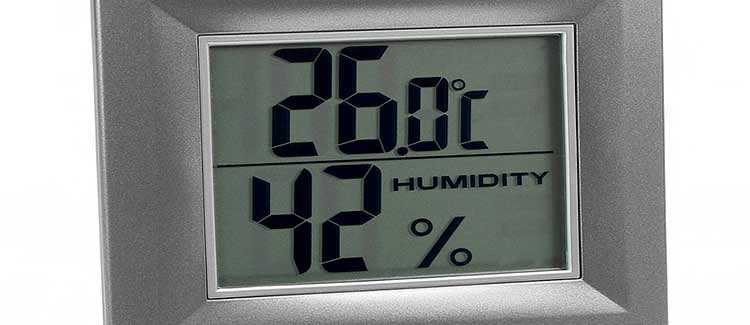
Cannabis plants create terpenes and terpenoids to regulate their temperatures and repel pests. These terps are exactly what makes cannabis smell and taste so good! The number one reason buds lose their fragrances is that they're exposed to significant heat during the late flowering stage when the terps really start to develop. Keeping the temperatures below 26°C during the flowering stage allows the plants to retain the terpenes and provide end-users with delightful experiences.
In outdoor settings, the plants can handle hotter temperatures because the roots are cooled in the ground, as opposed to indoor containers which absorb the surrounding heat.
The humidity levels during the flowering stage should stay below 50%. Especially if the buds are very dense and susceptible to mold. The humidity levels shouldn’t go below 30%, otherwise the buds will suffer.
USE OTHER LIGHTS
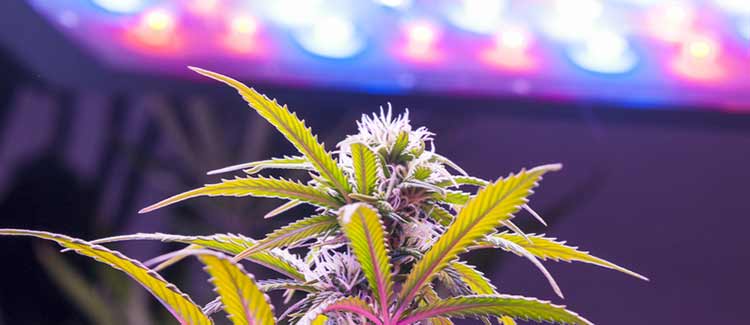
Since certain temperatures are optimal for cannabis plants, it’s important to select the correct lights when growing indoors, and place these lights at an appropriate distance from the canopy. As mentioned, we want to retain all the delicious terpenes in the buds, which can disappear when the lights themselves generate too much heat.
The main lights used during the flowering stage are HPS, LED, and CFL lights. LED lights are a great pick because they barely emanate any heat. CFL lights barely raise the temperatures either, they're a smart alternative for tiny "closet" operations.
If the HPS lights generate excess heat which reaches above 26°C, before switching to LED or CFL lights, ensure that the excess heat building up around the lamps is sucked out using a glass covered “box” and an inline-fan, this might easily solve the heat problem.
GROW WITH ORGANIC NUTRIENTS
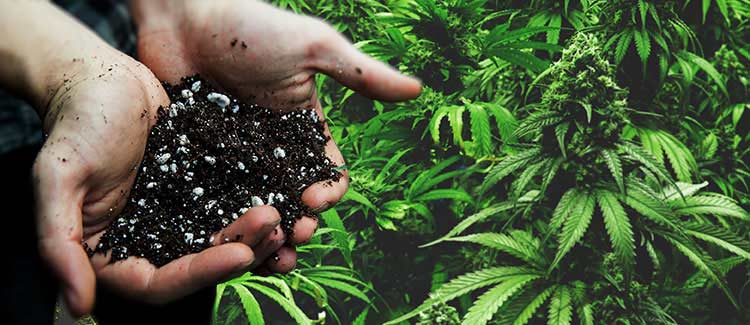
Organic nutrients are much better than synthetic nutrients. Organic nutrients feed the microbes in the soil which in turn feed the plant. This makes the buds taste amazing, and it's good for the environment.
Some growers add black molasses to the soil, which helps the buds develop pleasant scents. Blackstrap molasses is a carbohydrate produced during the refining process of sugar canes. It can be added from the beginning of flowering until 2 weeks before harvest. The black molasses isn't a "make it or break it" addition, however many growers swear by it.
Compost feeding is also organic, however, it might be too acidic for small plants, this form of feeding should be left to expert growers.
USE A 'LIVING SOIL'
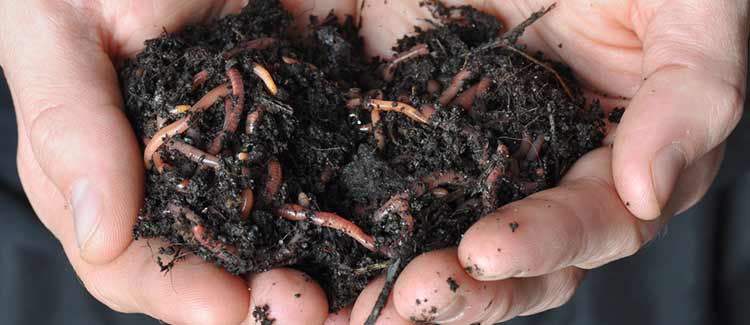
Living soil is filled with bacteria, fungi, nematodes, algae, and various insects, which are beneficial for the ecosystem of the soil, and allow the plants to thrive. Think of "living soil" as a habitat for living microorganisms, thriving in the soil ecosystem.
Organic nutrients feed microbes in the soil, which in turn provide the roots with bioavailable nutrients. This provides the plants with the most natural and organic food, which enhances the terpene production.
WANT MORE TERPENES AND TERPENOIDS? STRESS THEM A LITTLE BIT WHEN GROWING
Novice growers can skip this part, this method should only be undertaken by experienced growers. This suggestion may work, but many growers say that it doesn't make a difference.
Some growers believe that stressing the plants will strengthen the smell. The logic goes: terpenes and terpenoids are synthesized in trichomes, which are produced as a part of the plant's defense mechanism. When the cannabis plants are subjected to controlled stress, they might develop larger trichomes, which in turn produce better aromas and flavors.
Some growers expose the plants to 48h of complete darkness before harvest. Some growers use “supercropping” techniques by bending and twisting the stems as long as they don’t break.
FLUSH!
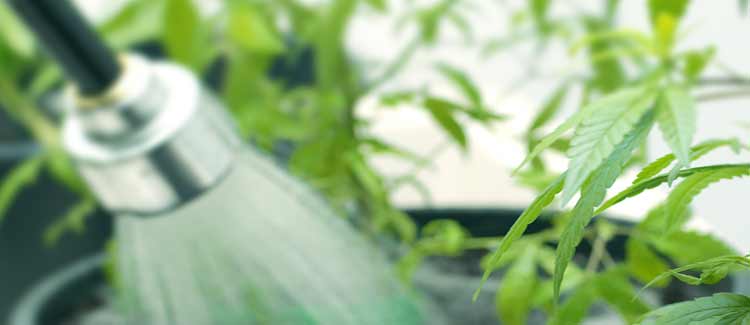
It’s imperative to flush the plants before harvest, especially when they’re drenched in nutrients. When the plants absorb nutrients, they travel throughout the plant and into the buds. This allows the buds to flourish and develop amazing aromas. However, the fertilizers are not something that we want to consume.
Buds that weren't flushed can smell terrible, and leave the consumer with headaches. Therefore, flushing the soil with pure water during the last 1-2 weeks of flowering will do wonders. It allows the plant to use up the reserves it has in the bud, without replacing them with any more.
Special storebought solutions can also be used to remove the fertilizers and salts from the soil, however regular water will do just fine.
DRYING AND CURING
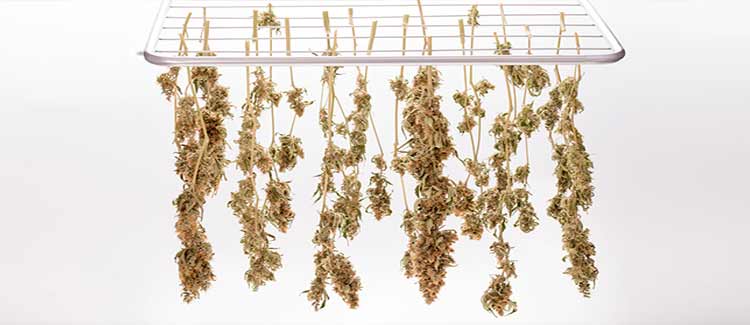
When the buds are dried and cured properly they will smell and taste amazing. Both cannabinoids and terpenes continue to develop during this stage. The optimal temperatures for the drying and curing process should be around 21°C, and humidity levels slightly below 50%.
This tip is extremely important because many growers consider the actual growing of the plants as the main "thing" while neglecting the curing process, which can make or break your buds. Ensuring a quality cure ensures quality stinky buds.
GOOD PRACTICES
Remember that producing delicious buds is not separated from other aspects of growth. If the plants are exposed to extreme levels of nutrients during the vegetative stage, they may die and you will be left with nothing! Learn all the basics of growing, you need to ensure that the plants survive and thrive throughout their growth cycle.
The best tip for exited beginners is "less is more". During your first growth, you don’t need to make a homemade living soil mix, supercrop your plants and add 8 different types of nutrients. Start with the basics, and build up your expertise.
BE NICE TO THEM, SING A SONG
There’s nothing weird about having a chat with your beloved cannabis plants. You can ask politely whether they can produce the ultimate mix of terpenes. It’s all about positive vibrations and optimism. When your plants receive all the nutrients and love they deserve, there’s no doubt they’ll please you with their alluring scents.
You can also sing them a song, they'll feel the love, which helps them thrive (unless you're tone-deaf, in which case you can fall back on talking to the plants).




